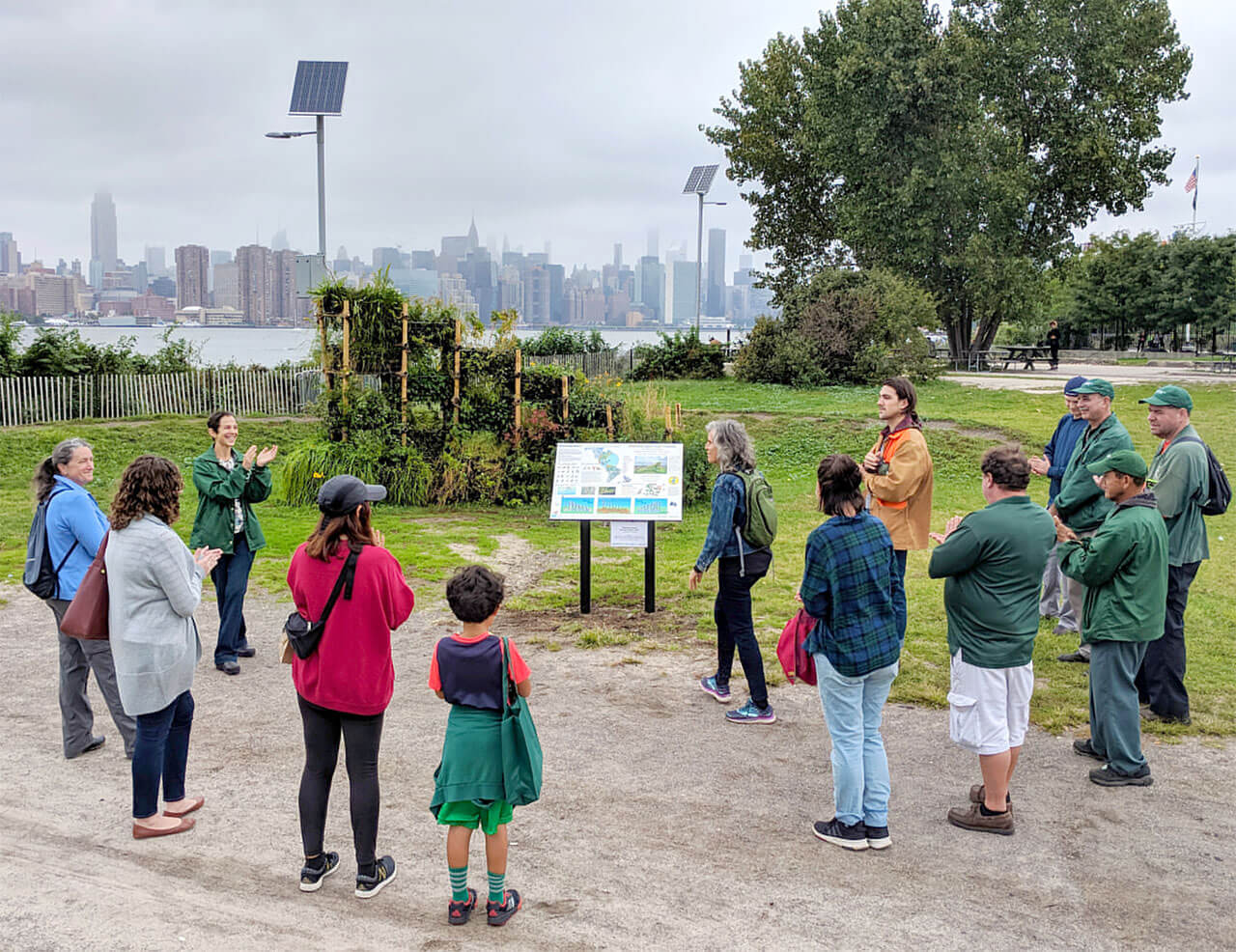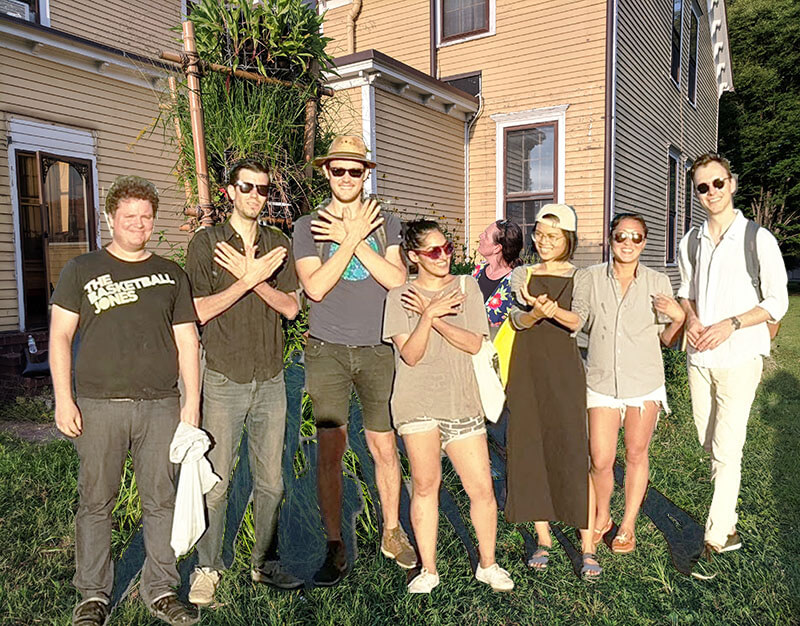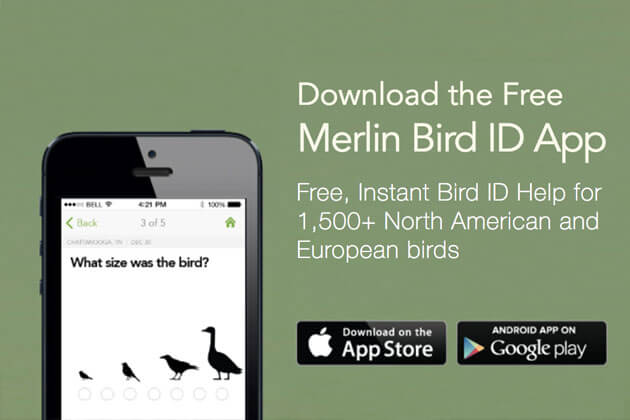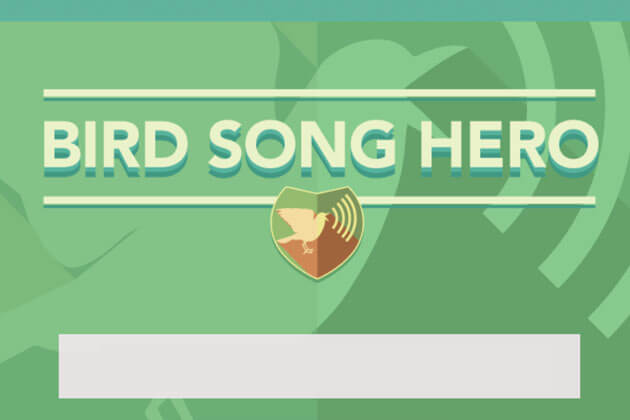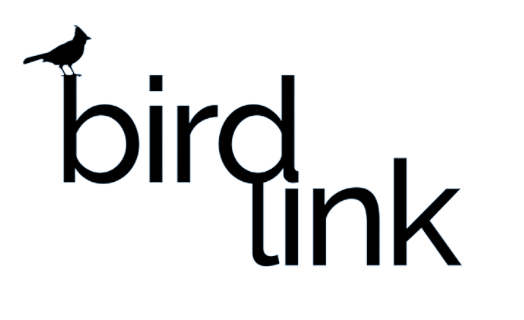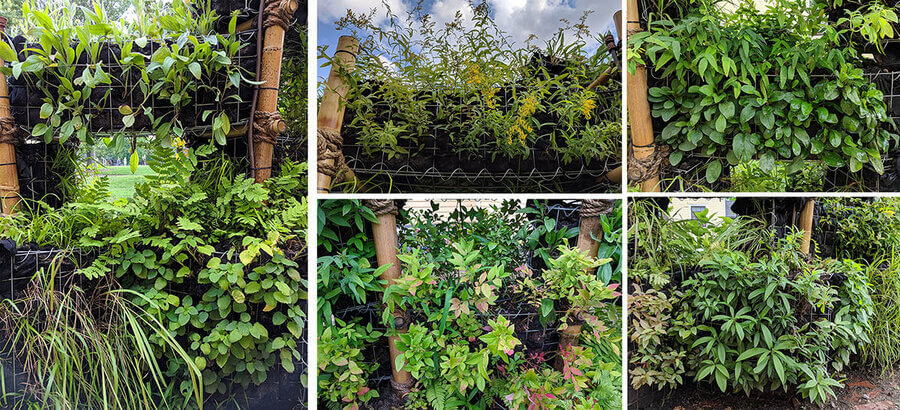
 -This herbaceous perennial plant 2-3½' tal
-These compound flowers often bloom gradually, rather than simultaneously, with older flowers turning brown while younger flowers are still in the bud stage. The blooming period is late summer to early fall, and lasts about 1 month.
-The preference is full sun and moist conditions. However, this plant tolerates drier conditions, and can be surprisingly drought tolerant. The soil should contain high amounts of organic matter; some varieties of this plant also grow in moist sandy soil. Powdery mildew seems to bother this goldenrod less often than many others. It is easy to grow, but can spread aggressively in moist sunny places.
-Habitats include moist black soil prairies, edges of marshes, sandy pannes between dunes, calcareous seeps, borders of lakes, abandoned fields, and ditches along railroads.
Healing Properties of GoldenRod:
Antifungal, diuretic, diaphoretic, anti-inflammatory, expectorant, astringent, antiseptic, and carminative. Supports the kidneys, urinary track, skin, allergies, and cardiovascular system.
-This herbaceous perennial plant 2-3½' tal
-These compound flowers often bloom gradually, rather than simultaneously, with older flowers turning brown while younger flowers are still in the bud stage. The blooming period is late summer to early fall, and lasts about 1 month.
-The preference is full sun and moist conditions. However, this plant tolerates drier conditions, and can be surprisingly drought tolerant. The soil should contain high amounts of organic matter; some varieties of this plant also grow in moist sandy soil. Powdery mildew seems to bother this goldenrod less often than many others. It is easy to grow, but can spread aggressively in moist sunny places.
-Habitats include moist black soil prairies, edges of marshes, sandy pannes between dunes, calcareous seeps, borders of lakes, abandoned fields, and ditches along railroads.
Healing Properties of GoldenRod:
Antifungal, diuretic, diaphoretic, anti-inflammatory, expectorant, astringent, antiseptic, and carminative. Supports the kidneys, urinary track, skin, allergies, and cardiovascular system.
 -Likes partial to full sun, can reach 3’-6’ height
-It prefers moist, rich soils, but is easily grown in a broad range of conditions, thriving in full sun or light shade in all but the driest soils. It does self-seed in favorable conditions.
Healing Properties:
A poultice of the root has been used in the treatment of pain, fevers and diarrhea. ... A decoction of the whole plant has been used in the treatment of all kinds of fevers and in the treatment of weak skin.
-Likes partial to full sun, can reach 3’-6’ height
-It prefers moist, rich soils, but is easily grown in a broad range of conditions, thriving in full sun or light shade in all but the driest soils. It does self-seed in favorable conditions.
Healing Properties:
A poultice of the root has been used in the treatment of pain, fevers and diarrhea. ... A decoction of the whole plant has been used in the treatment of all kinds of fevers and in the treatment of weak skin.
 -This is a tall and conspicuous species that sometimes forms large clones. The umbels bear large balls of pink to purplish flowers that have an attractive odor. This species is known to form hybrids with both A. exaltata (in the east) and A. speciosa (in the west)
-Within its range it can be found in a broad array of habitats from croplands, to pastures, roadsides, ditches and old fields.
-Likes sun, moist soil, Medium to fine sandy, clayey, or rocky calcareous soils. Also found in well-drained loamy soils.
-NOT SHADE tolerant, needs lots of sunlight.
Healing Properties:
The latex from showy milkweed and common milkweed is used as a treatment for warts, ringworm, and other skin ailments. Root extracts of pleurisy root are used for respiratory disorders and those of common and swamp milkweed, for intestinal parasites.
-This is a tall and conspicuous species that sometimes forms large clones. The umbels bear large balls of pink to purplish flowers that have an attractive odor. This species is known to form hybrids with both A. exaltata (in the east) and A. speciosa (in the west)
-Within its range it can be found in a broad array of habitats from croplands, to pastures, roadsides, ditches and old fields.
-Likes sun, moist soil, Medium to fine sandy, clayey, or rocky calcareous soils. Also found in well-drained loamy soils.
-NOT SHADE tolerant, needs lots of sunlight.
Healing Properties:
The latex from showy milkweed and common milkweed is used as a treatment for warts, ringworm, and other skin ailments. Root extracts of pleurisy root are used for respiratory disorders and those of common and swamp milkweed, for intestinal parasites.
 -Has a lovely violet blossom and distinctively aromatic foliage.
-It is a familiar component of prairie and savanna communities on all but the wettest of soils. Native to most of North America, it often is cited for its historical medicinal applications among indigenous peoples. These include poultices for boils and lacerations, as well as tea infusions for headaches, indigestion and colds and flu.
-It likes full sun to partial sun exposure, and likes medium wet and dry soil.
Healing Properties:
Analgesic, Antibacterial, Antifungal, Antioxidant, Carminative, Emmenagogue
-Has a lovely violet blossom and distinctively aromatic foliage.
-It is a familiar component of prairie and savanna communities on all but the wettest of soils. Native to most of North America, it often is cited for its historical medicinal applications among indigenous peoples. These include poultices for boils and lacerations, as well as tea infusions for headaches, indigestion and colds and flu.
-It likes full sun to partial sun exposure, and likes medium wet and dry soil.
Healing Properties:
Analgesic, Antibacterial, Antifungal, Antioxidant, Carminative, Emmenagogue
 -Has a lovely violet blossom and distinctively aromatic foliage.
-It is a familiar component of prairie and savanna communities on all but the wettest of soils. Native to most of North America, it often is cited for its historical medicinal applications among indigenous peoples. These include poultices for boils and lacerations, as well as tea infusions for headaches, indigestion and colds and flu.
-It likes full sun to partial sun exposure, and likes medium wet and dry soil.
Healing Properties:
Analgesic, Antibacterial, Antifungal, Antioxidant, Carminative, Emmenagogue
-Has a lovely violet blossom and distinctively aromatic foliage.
-It is a familiar component of prairie and savanna communities on all but the wettest of soils. Native to most of North America, it often is cited for its historical medicinal applications among indigenous peoples. These include poultices for boils and lacerations, as well as tea infusions for headaches, indigestion and colds and flu.
-It likes full sun to partial sun exposure, and likes medium wet and dry soil.
Healing Properties:
Analgesic, Antibacterial, Antifungal, Antioxidant, Carminative, Emmenagogue
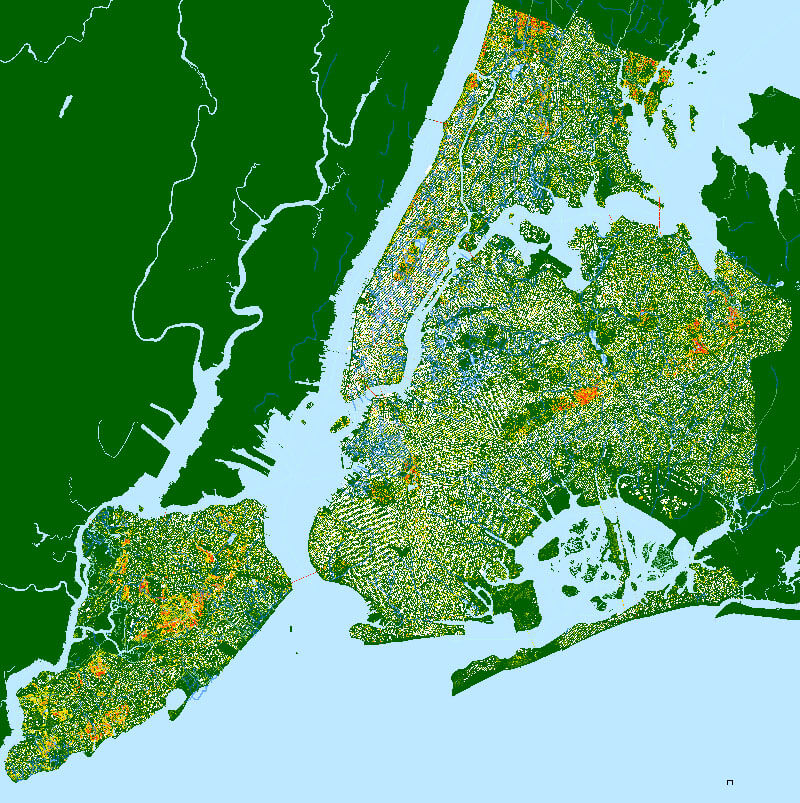
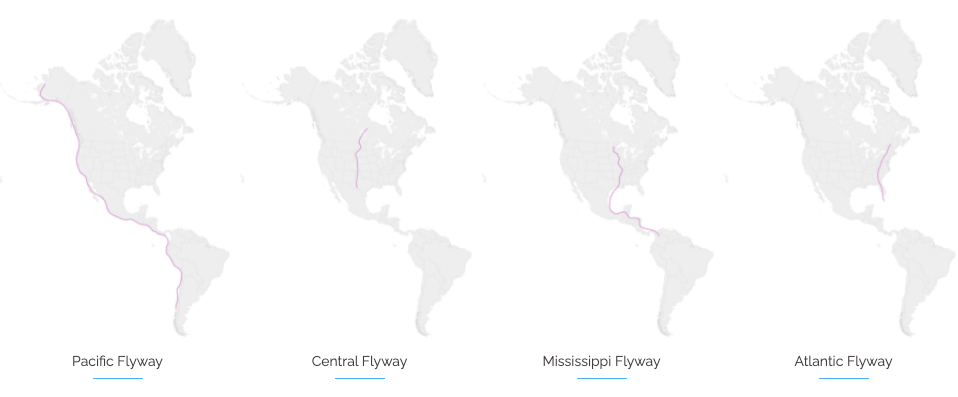
Create a living Lab: where failure of certain species, and survival (and wild colonization) of others reveals ecological consequence. A low cost, politically acceptable wildlife support system within context of a market that largely treats ecology as a consumer "feel good" lifestyle choice
Design: modular wildlife support structures insert into ecological monoculture "deserts", both urban and suburban.
Sustainability: Workshops to introduce use of sustainable building materials like bamboo and native perennial plantings.
Research: potential future wildlife habitat networks to reconnect backyards, streetscapes and campuses to the world as a bird sees it.
Connect: Metropolitan Open Space Systems in which each planting fragment is valued from an insect or Bird eye view.
Introduce: "Thinking like an Ant" and "What does a bird see?" concept to general public in a tangible physical form.
Question: Inter-species responsibility amid shock of "Where did all the insects go?"
Study Bird migration pathways and habitat restoration processes including plant survival and spontaneous replacement.
Monitor bird and insect populations at installation sites with bio-acoustic devices as well as direct observation.
Experiment– Construct unplanted gabion units and fill with the same soil as the planted gabions nearby. Observe which plants establish themselves. Discover evidence of “non-natives” that flourish on location.
Map optimal locations for landscape interventions.
Develop Communication within trans-disciplinary platforms on a campus.
Develop Communication across multiple campus networks.
Develop Structural Design for Specific Sites using BIRDLINK's modular structural units
Develop Horticultural Design This living sculpture can help make bird-friendly campuses by extending the vertical plant installation out across the ground to make a demonstration patch of native meadow where monoculture lawns dominate.
Arts and Humanities Students- Develop content for communication platforms; Research historical, archetypal, and current cultural ideas about plants and birds
Planners- Map migration pathways through cities or regions, in order to site multiple BIRDLINK installation networks.
Designers- adapt modular BIRDLINK components to specific sites and conditions in new configurations
Biology and Computer Science Students- Data analysis of bio-acoustic recordings and development of media sharing platforms
Environmental Engineers- Develop passive water collection and irrigation methods and develop adaptations to varied regional climate conditions.
Ecologists and Landscape Architects- Gather data about local tree canopy, water availability, identify public spaces deficient in plant life, assess optimum distance between rest stops for migrating birds.
Educators- Develop curricula for varied age groups and focus areas
Community Science Participants- Observe and record observations to inaturalist and e-bird platforms. Cultivate plantings.
